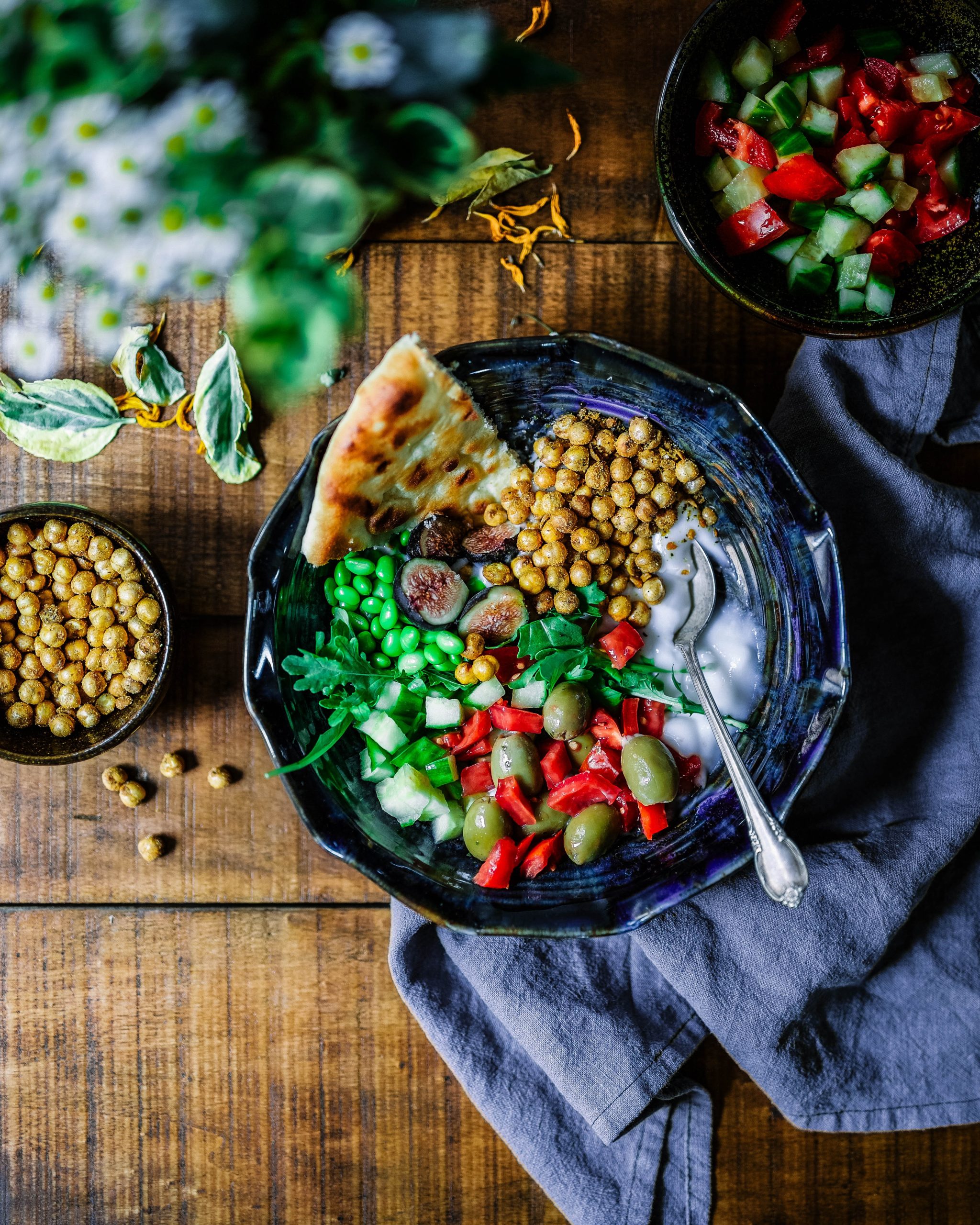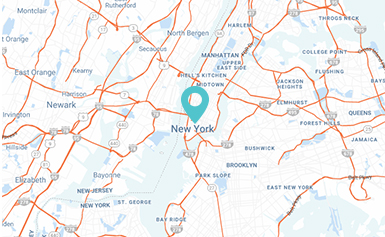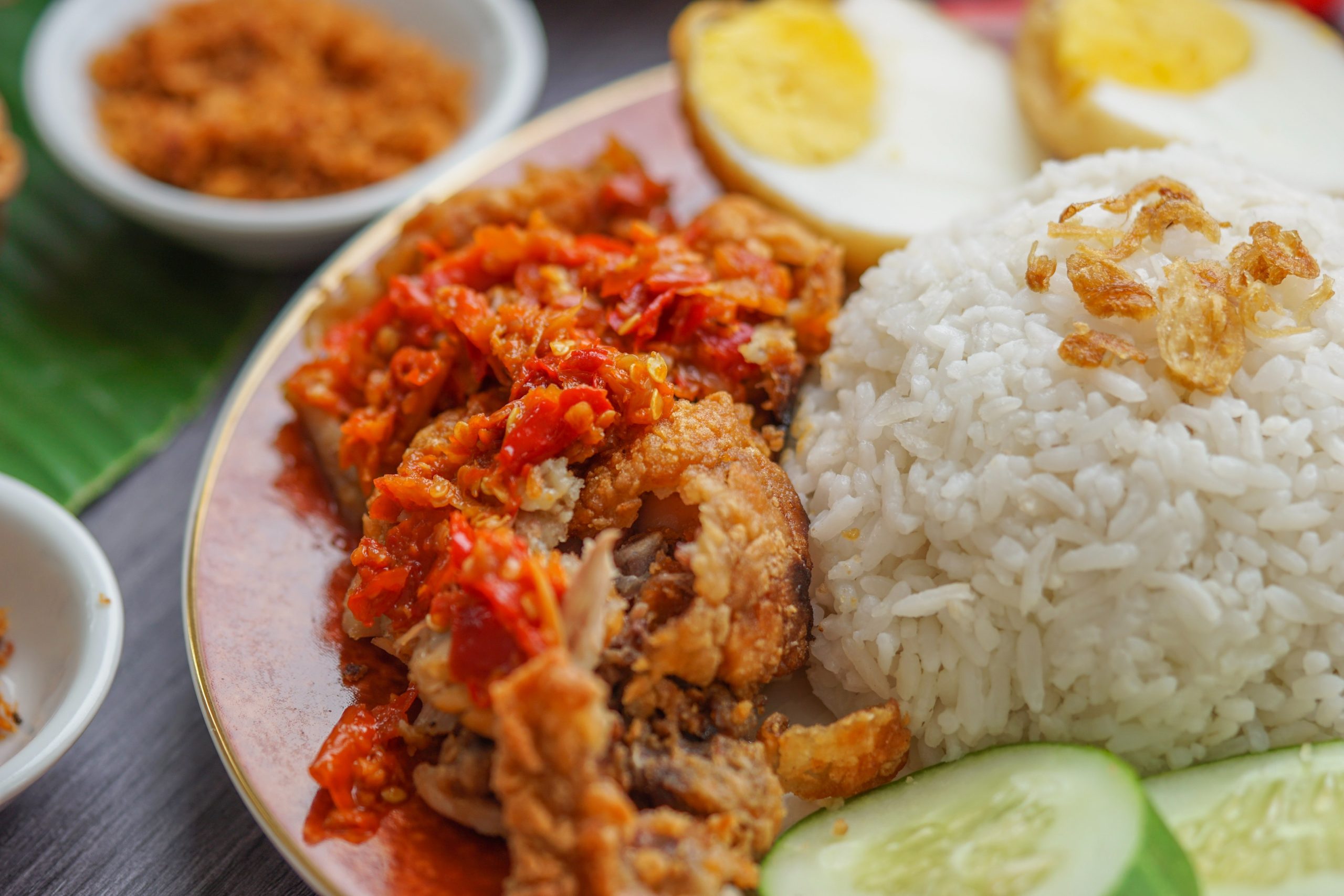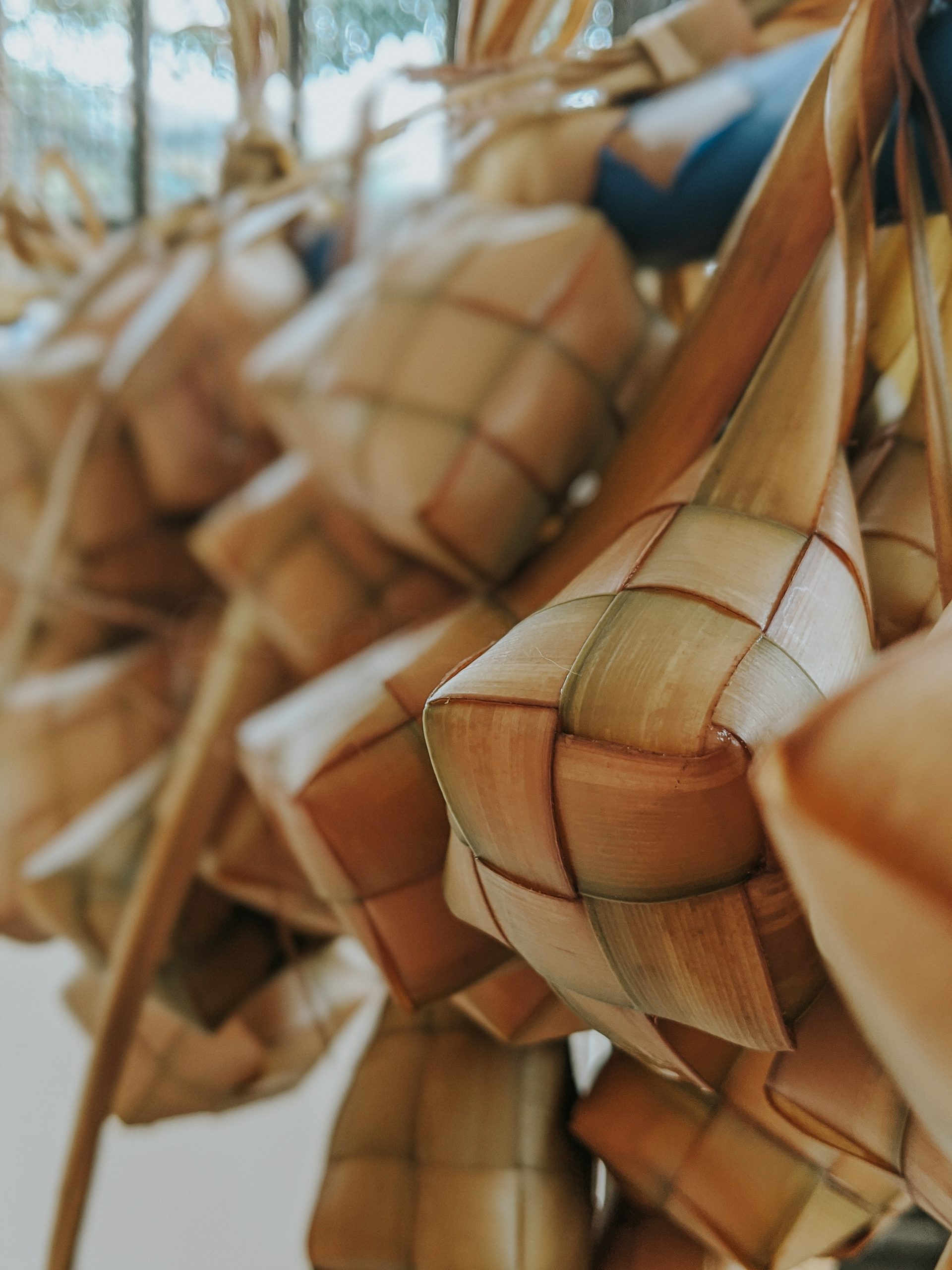Malaysian Street Food Delights: A Culinary Adventure
Malaysia, a country renowned for its rich cultural diversity and vibrant cuisine, offers a mouthwatering array of street food that will tantalize your taste buds. Join Green Sun Travel on a culinary adventure as we explore the bustling streets, night markets, and hidden corners of Malaysia to uncover the delicious world of Malaysian street food.
Overview of Malaysian Street Food
Malaysian street food is a vibrant and diverse culinary experience that reflects the country’s multicultural heritage. With influences from Malay, Chinese, Indian, Thai, Javanese, and Sumatran cuisines, it offers a mouthwatering array of flavors, textures, and aromas. Malaysian street food is a unifying force, bringing people from all walks of life together to enjoy delicious dishes in a casual, communal setting.
Key Elements of Malaysian Street Food:
Diversity of Flavors: Malaysian street food is known for its complex and harmonious blend of flavors. It often combines sweet, savory, spicy, and tangy elements, resulting in a tantalizing taste experience.
Influence of Cultures: The cuisine is heavily influenced by the diverse ethnic groups in Malaysia. You’ll find dishes with Malay, Chinese, and Indian roots, as well as elements from the indigenous peoples and other immigrant communities.
Street Food Stalls: Street food vendors are a common sight in Malaysian cities and towns. They set up stalls along bustling streets, night markets, and hawker centers. These vendors often specialize in specific dishes or types of cuisine.
Iconic Dishes:
Nasi Lemak: Malaysia’s national dish, featuring coconut rice served with sambal (spicy chili paste), peanuts, anchovies, boiled egg, and cucumber.
Char Kway Teow: A stir-fried flat rice noodle dish with prawns, egg, and bean sprouts, often cooked in a flavorful dark soy sauce.
Roti Canai: A flaky, crispy flatbread served with dhal (lentil curry) or other curries.
Satay: Skewered and grilled meat (usually chicken, beef, or lamb) served with a peanut sauce and rice cakes.
Laksa: A spicy noodle soup with a creamy coconut base, often prepared with prawns, chicken, or tofu.
Local Ingredients:

Malaysian street food relies on fresh, locally sourced ingredients, herbs, and spices. Staples include lemongrass, ginger, galangal, coconut milk, and a variety of chili peppers.
Desserts and Snacks: Malaysian street food doesn’t stop at savory dishes. The country offers an assortment of delectable desserts, such as Cendol (shaved ice with green jelly and palm sugar), Ais Kacang (shaved ice with colorful toppings), and a wide range of kuih (sweet snacks).
Communal Dining: Street food is often enjoyed in a communal setting, where diners sit at shared tables and engage in the lively atmosphere of local markets or hawker centers.
Regional Variations: Different regions of Malaysia have their specialties. For instance, Penang is famous for its Char Kway Teow and Assam Laksa, while Melaka offers unique Nyonya cuisine. East Malaysia, including Sarawak and Sabah, presents indigenous flavors and ingredients.
Hybrid Creations: Malaysian street food is celebrated for its fusion dishes that blend elements from various culinary traditions, resulting in a delightful cross-cultural exchange.
Halal Food: A significant portion of Malaysian street food is halal, making it accessible to a broad range of diners, including Muslims.
Malaysian street food is not just about the food; it’s an immersive cultural experience. Exploring the bustling streets and markets of Malaysia, tasting the diverse dishes, and meeting the friendly vendors all contribute to the charm of this culinary adventure.
Malaysian street food tour
Chapter 1: Kuala Lumpur – The Food Capital
Kuala Lumpur, Malaysia’s bustling capital city, is the perfect starting point for your Malaysian street food adventure. Known as the food capital of the country, Kuala Lumpur offers a rich tapestry of flavors that reflects the multicultural essence of Malaysia. As you delve into the vibrant street food scene of Kuala Lumpur, you’ll find yourself on a journey of culinary discovery.
Jalan Alor and Petaling Street: These two iconic streets in Kuala Lumpur are synonymous with street food excellence. Jalan Alor, often buzzing with activity, is a food lover’s paradise, offering a myriad of stalls serving everything from succulent grilled satay to piping hot bowls of noodle soup. The aromas wafting through the air will lead your taste buds to diverse dishes, including Char Kway Teow, Nasi Lemak, and Hokkien Mee. These iconic dishes provide a delightful introduction to the fusion of Malay, Chinese, and Indian culinary influences that define the city’s street food scene.
Flavor Harmony: Kuala Lumpur’s street food is a testament to the harmonious blend of flavors. Char Kway Teow, for example, is a stir-fried noodle dish that combines the sweet, salty, and spicy, creating a delightful symphony of tastes in every bite. Nasi Lemak, with its fragrant coconut rice and fiery sambal, showcases the perfect balance of flavors, making it a staple breakfast dish for many Malaysians. And then there’s Hokkien Mee, a savory noodle dish simmered in a seafood-rich broth, which exemplifies the depth and complexity of flavors found on the streets of Kuala Lumpur.
Chapter 2: Penang – The Gastronomic Island
A short flight from Kuala Lumpur brings you to Penang, often referred to as the “Pearl of the Orient.” This island paradise is renowned for its street food culture and is a must-visit destination for any food enthusiast. Penang’s street food takes you on a journey of flavors that are both traditional and innovative.
Georgetown’s Vibrant Streets: The heart of Penang’s street food scene lies in the vibrant streets of Georgetown. Here, you can relish dishes that are emblematic of the island’s culinary identity. Penang Char Kway Teow, prepared with fresh prawns, cockles, and a savory soy sauce, is a highlight that reflects the island’s love for bold flavors. Assam Laksa, a tangy and spicy noodle soup, showcases the harmonious marriage of Malay and Chinese ingredients. Don’t forget to savor the delectable Apom Manis, a sweet and crispy pancake filled with banana or coconut.
Culinary Fusion: Penang’s street food is a celebration of the fusion of Malay, Chinese, and Indian flavors. You’ll encounter a variety of dishes that showcase the ingenuity of the local food vendors who have created unique and delicious combinations. As you explore the streets of Georgetown, you’ll be delighted by the interplay of different culinary traditions, which result in a diverse and exciting food culture.
Chapter 3: Melaka – Historical and Flavorful
Melaka, a UNESCO World Heritage Site, is not just a city of historical significance but also a place where history has greatly influenced its culinary traditions. This charming town offers a unique blend of history and flavorful street food, making it an essential stop on your Malaysian street food tour.
Jonker Street’s Night Market: A stroll through Jonker Street’s night market is like stepping back in time. The charming streets, lined with vibrant shophouses and antique stores, come alive with the aroma of delectable street food. Here, you can savor local specialties like Pai Tee, a delightful crispy snack filled with a mixture of turnips and prawns. Melaka’s famous Chicken Rice Balls are a unique take on Hainanese chicken rice, served with small rice balls and succulent chicken. The irresistible Nyonya Laksa, a fragrant and spicy noodle soup, is another must-try, showcasing the Peranakan influence in Melaka’s culinary landscape.
Historical Influence: Melaka’s street food offerings reflect the historical tapestry of the city. The influence of Portuguese, Dutch, and Peranakan cultures is evident in the local cuisine. You’ll discover a unique blend of flavors and ingredients that have evolved over centuries, resulting in dishes that are both culturally rich and utterly delicious.
In Melaka, history and food culture are intertwined, offering you a unique opportunity to explore the past while savoring the flavors of the present. This UNESCO World Heritage Site is a testament to the enduring appeal of Malaysian street food, where history and gastronomy coexist in perfect harmony.
Chapter 4: Ipoh – The Hidden Gem

Ipoh, the capital city of the state of Perak, is often overlooked by tourists in favor of more well-known Malaysian destinations. However, for those in the know, Ipoh is a hidden gem in the Malaysian street food scene. Here, you’ll uncover culinary treasures that are truly worth the visit.
Ipoh Hor Fun: Ipoh is famous for its signature dish, Ipoh Hor Fun. This delicate flat rice noodle dish is served in a clear and flavorful chicken and prawn broth. The noodles are often paired with succulent slices of poached chicken, creating a symphony of textures and flavors that is a delight for the palate.
Ipoh White Coffee: While in Ipoh, don’t miss the opportunity to sample the city’s renowned white coffee. The secret behind this unique brew is the beans roasted with margarine and brewed with condensed milk. The result is a smooth, creamy, and fragrant coffee that has earned a dedicated following.
Hidden Food Stalls: Ipoh’s street food scene is not as well-trodden as that of Kuala Lumpur or Penang, but it’s rich in diversity and quality. The city is filled with hidden gems and unassuming food stalls tucked away in alleyways and traditional coffee shops. Exploring these hidden food stalls is a culinary adventure in itself, where you’ll find dishes like Chicken Rice, Hakka Mee, and Chee Cheong Fun that offer a taste of Ipoh’s local food culture.
Chapter 5: East Malaysia – Borneo’s Culinary Treasures
Venturing to East Malaysia, the Malaysian part of Borneo, is an extraordinary addition to your Malaysian street food tour. Here, the flavors take on a distinctive Bornean character, shaped by indigenous ingredients, traditions, and a rich tapestry of cultural influences.
Sarawak and Sabah: East Malaysia is divided into two states: Sarawak and Sabah, each offering its own culinary treasures. In Sarawak, try the unique Manok Pansoh, also known as Bamboo Chicken, a traditional dish prepared by cooking chicken in bamboo tubes with a blend of aromatic herbs and spices. In Sabah, you’ll find Kolo Mee, a popular noodle dish often served with minced pork and a flavorful sauce. For the adventurous foodie, there’s the intriguing Sago Worm, a delicacy among the indigenous communities, offering a taste of the wild side of Malaysian cuisine.
Indigenous Ingredients: East Malaysia’s street food is a showcase of indigenous ingredients and traditional cooking methods. You’ll discover the use of jungle produce, freshwater fish, and exotic herbs and spices that create dishes unlike anything you’ve tasted in the western part of Malaysia. The culinary culture here is deeply rooted in the land and its people, providing a unique and authentic experience.
Chapter 6: Malaysian Desserts – A Sweet Ending
No Malaysian street food tour is complete without indulging in the world of desserts. Malaysian sweets are a reflection of the country’s love for vibrant and sweet flavors, and they offer the perfect sweet ending to your culinary journey.
Cendol: This colorful dessert is a beloved Malaysian classic. It features shaved ice topped with green pandan-flavored jelly, red beans, sweet corn, and drizzled with rich palm sugar syrup and coconut milk. It’s a delightful and refreshing treat, especially on a hot day.
Durian Desserts: Durian, known as the “king of fruits,” holds a special place in Malaysian cuisine. While the fruit itself has a strong and distinctive aroma, it is used in a variety of desserts, from durian ice cream to durian pancakes. Sampling durian desserts is an adventurous exploration of Malaysian food culture.
Ais Kacang: Ais Kacang, also known as ABC (Ais Batu Campur), is a popular Malaysian shaved ice dessert. It is typically garnished with colorful toppings such as red beans, sweet corn, jelly, and a generous drizzle of rose syrup and condensed milk. Ais Kacang is not only delicious but also visually appealing.
Malaysian desserts are a reflection of the country’s multicultural influences, with sweet treats inspired by various ethnic groups and traditions. Exploring these desserts adds a sweet note to your Malaysian street food journey, giving you a taste of the country’s rich and diverse culinary heritage.
Conclusion
Malaysian street food offers a symphony of flavors that will leave you craving for more. From the vibrant streets of Kuala Lumpur to the historical charm of Melaka and the hidden gems of Ipoh, this culinary adventure takes you on a journey through Malaysia’s culinary heart. Join us as we explore the incredible world of Malaysian street food and embark on a flavorful adventure you’ll never forget.







